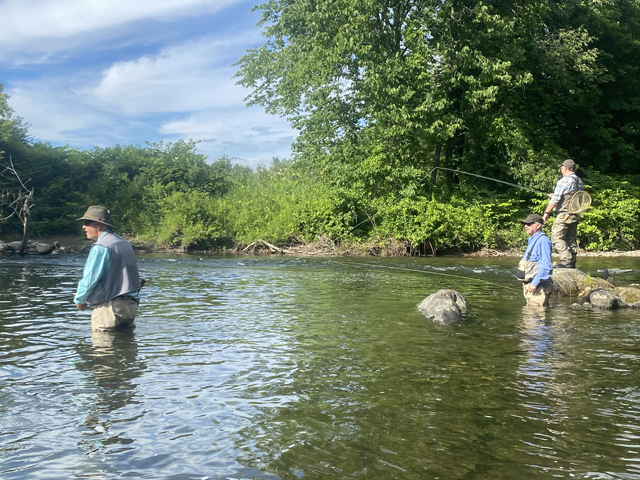
While catch-and-release, and leave-no-trace are well known ethical practices within the fly-fishing community, I thought preseason would be a good time to remind us of our own personal angling ethics—how we interact with others on the water.
As in any sport, fly fishing has its own set of rules, regulations and unwritten ethics. Each state posts its own fishing regulations, but as an Orvis Endorsed Fly Fishing guide, I’m often asked, “What is the proper and ethical way to interact with other anglers on the river?” While I wouldn’t presume to write a rule book on fly-fishing ethics, I do believe it’s important to address some common concerns that can go a long way in making everyone’s day on the river an enjoyable one.
Let’s begin with respecting fellow anglers. Whether wade fishing or floating, there are things you can do to avoid disturbing or conflicting with another angler who is already set up and focused on their mission.
The first and most important thing is to observe from a distance before approaching. Take the time to watch the angler and assess the situation. Which riverbank are they presenting to? Observe the flow of the river and its potential fish holding spots. Try to gauge whether the angler is fishing one specific spot or several within a minimum 50-foot area. Are they working their way upstream or down? Notice if and when the angler acknowledges your presence and in what manner. If so, do they indicate where they would prefer you go or not go? Do they indicate where in the hole they would like you to drift through if applicable and appropriate?
If drifting through or walking into the hole can’t be avoided, be as quiet and considerate as possible of the area they are fishing and certainly do not cast anywhere close to where they are or may eventually be fishing. How much space to allow can fluctuate by the size of the river and other variables, but either way, it’s wise to err on the side of caution by asking yourself “what you would expect if you were in their shoes.” Again, it’s about respecting one’s day on the water.

All these things can be observed from afar and can inform your approach as you inevitably interact, whether you’re planning to drift through the angler’s run or wade into the water. As you get closer, within conversation range, be polite and acknowledge the angler’s presence respectfully. Be aware of the area they are fishing in. Perhaps ask which direction they are headed. Give them plenty of room and only continue the conversation if they seem willing. Remember, you are entering their chosen domain at that time and not everyone is always so willing to converse or share their knowledge. A good rule of thumb is to engage in conversation where the individual may feel a willingness to share their secrets as opposed to asking them outright “what are they biting on?”
Remember life is too short, and the river is too big to disrupt the peace and tranquility we all seek when fly fishing. I always believe that if an angler is in your desired pool, it’s meant for you to have an experience elsewhere. Often, I’ve been directed elsewhere only to be blessed with an experience of a lifetime and increased river knowledge that I otherwise would have never had.
The bottom line when considering river etiquette: observation, communication, and consideration are the primary elements.
